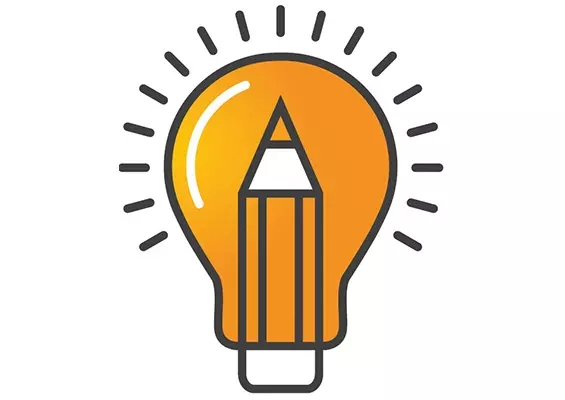Although dyslexia is a learning difficulty that mainly affects skills involved in fluent and accurate reading and writing, it also affects other language skills. Dyslexic students have serious difficulties applying grammar regulations in speaking, building complex sentences or writing grammar tests correctly.
POLECAMY
Grammar is the foundation of good communication, reading, comprehension, writing and storytelling, so it can’t be ignored while learning a foreign language.
Over the years many methods have been developed for teaching grammar, and each of them has its pros and cons. We can teach grammar by explaining rules, giving examples through context or just making students discover grammar rules. Among different approaches, the most popular are deductive and inductive methods of teaching grammar.
The deductive method is sometimes called the “traditional” one. It is based on the theory from generalization to example. It’s an approach that focuses on instruction before practice. Teacher first explains rules or definitions giving examples. Students should memorize them, then they are given a set of exercises to apply the rules. In this method, the grammar is taught with the help of grammar books and a lot of exercises. It’s generally considered that the more exercises students do, the better they remember the rules. But in fact, teaching grammar this way can be dull and boring. Students aren’t active during such a classroom activity as this method is teacher-centred, not student-centred.
The inductive method, contrary to the deductive one, is based on the theory from example to generalization. It is student-centred because they learn particular grammar points through use. Firstly, they have to deduce the meaning and later they generalize a grammar structure.
This method implies teaching grammar not by rules, but by usage. Grammar is used here while speaking, reading and writing. This method seems to be better for those with learning difficulties. It’s like discovering grammar and visualizing how these rules work in sentences.
There are some grammar topics that can be especially difficult for dyslexic students:
|
In teaching grammar to dyslexic students, teachers should try to use different strategies to highlight grammar rules. One of them is the multisensory teaching technique which has always been a great way to teach children with special needs. The learners are given more than one way to make connections and learn concepts (the brain is stimulated when we use more than one sense at a time).
Using flashcards, graphs, videos, gestures, movements or language games not only engages students, but also helps them to remember or visualize what they have learned. Sometimes linguists call that method of teaching grammar a “play-way” method. They believe that grammar is taught more efficiently when language games are used. We can make learning grammar fun, especially when teaching can involve a language play/game as a part of developing children’s awareness of and interest in how language works. By using games, children get to practice their grammar skills in a fun way.
Educating a child with a learning difference is challenging, especially for young inexperienced teachers.
Below are some pieces of advice that educators can introduce to the art of teaching grammar to dyslexic students:
|
Below you can find 7 techniques that you can adopt while teaching grammar t...
Pozostałe 90% treści dostępne jest tylko dla Prenumeratorów
- 6 wydań magazynu "Horyzonty Anglistyki"
- Dostęp do wszystkich archiwalnych artykułów w wersji online
- Możliwość pobrania materiałów dodatkowych
- ...i wiele więcej!









